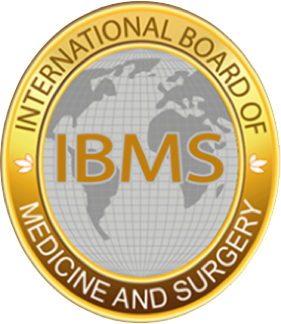| Thu, 07 Aug 2014 11:37:31 GMT
Years of promises by politicians to support the business of medical tourism have come to nothing. India has no national strategy, no national marketing, and a dormant trade body. Government promises to support medical tourism businesses have turned out to be limited to small grants for attending fairs and conferences with the official long overdue announcement of detail still awaited.
None of this is any surprise to local hospitals and businesses that expect national and state governments to be inefficient, slow, corrupt, and more concerned with political infighting and rhetoric than any real action or fiscal support.
The Progress Harmony Development (PHD) Chamber of Commerce and Industry decided they could not wait any longer for state action so commissioned their own report on medical tourism and held a summit for medical tourism businesses.
After hearing reports of isolated incidents concerning poor quality health services at hospitals and wellness units in India, delegates at the ’Medical & Wellness Tourism Summit’ 2014 in New Delhi, called for a government supported national level accreditation board for medical tourism units in Indian hospitals and clinics, a quick solution to the long standing problems on visas and medical visas where ill visitors have to attend local police stations, and improvements on infrastructure so medical tourists can easily get to hospitals and clinics.
The current state of medical tourism was emphasized in a paper at the conference from PHD and researchers RNCOS. Many reports still claim that Indian medical tourism has millions of customers, but current estimates from this latest paper put it at a low 230,000. You may have seen this misquoted in Western media as 2.3 million… the reason being that Indian statistics use the term lakh, and the report says 2.3 lakh. A lakh is actually 100,000 but in India is printed as 1,00,000, which people overseas tend to wrongly assume is a million with a missing 0.
The report predicts annual growth of up to 20% and a potential of 400,000 by 2018; but only if the right actions to support the business are taken. Delegates expressed concern that India is currently losing many international patients due to bottlenecks such as delays on visas, a perception of the country being a third-world nation, lack of modern equipment and rising costs in Indian hospitals. India is even heavily losing patients from key traditional markets including Oman, Bangladesh and Ethiopia.
The Ministry of Tourism admitted at the conference that it is still working out how to provide financial incentives to medical tourism businesses and that promised market development assistance will almost certainly now be nothing more than small marketing grants to attend overseas medical and tourism conferences and fairs; and even that will be restricted to a few small businesses. The ministry also plans to hold or promote international conferences and fairs, but only in India.
More useful, or not, may be Ministry of Tourism plans on wellness tourism. Yet to be released draft guidelines will cover publicity material, training, and capacity building for service providers, participation in international and domestic wellness-related events etc.
The overall feel of the conference was optimism tempered by frustration at how little and how slowly the government is doing anything to promote medical tourism.
|
